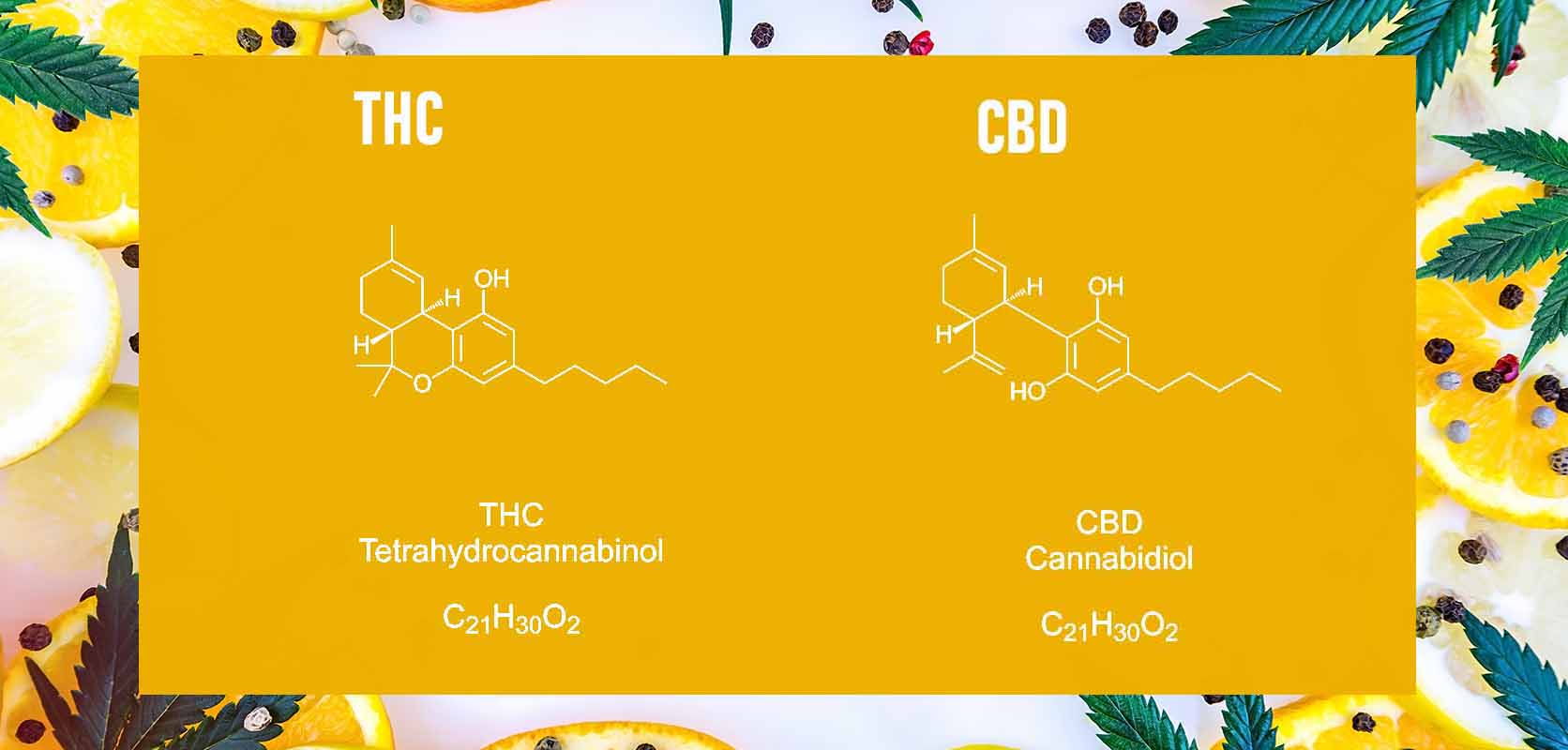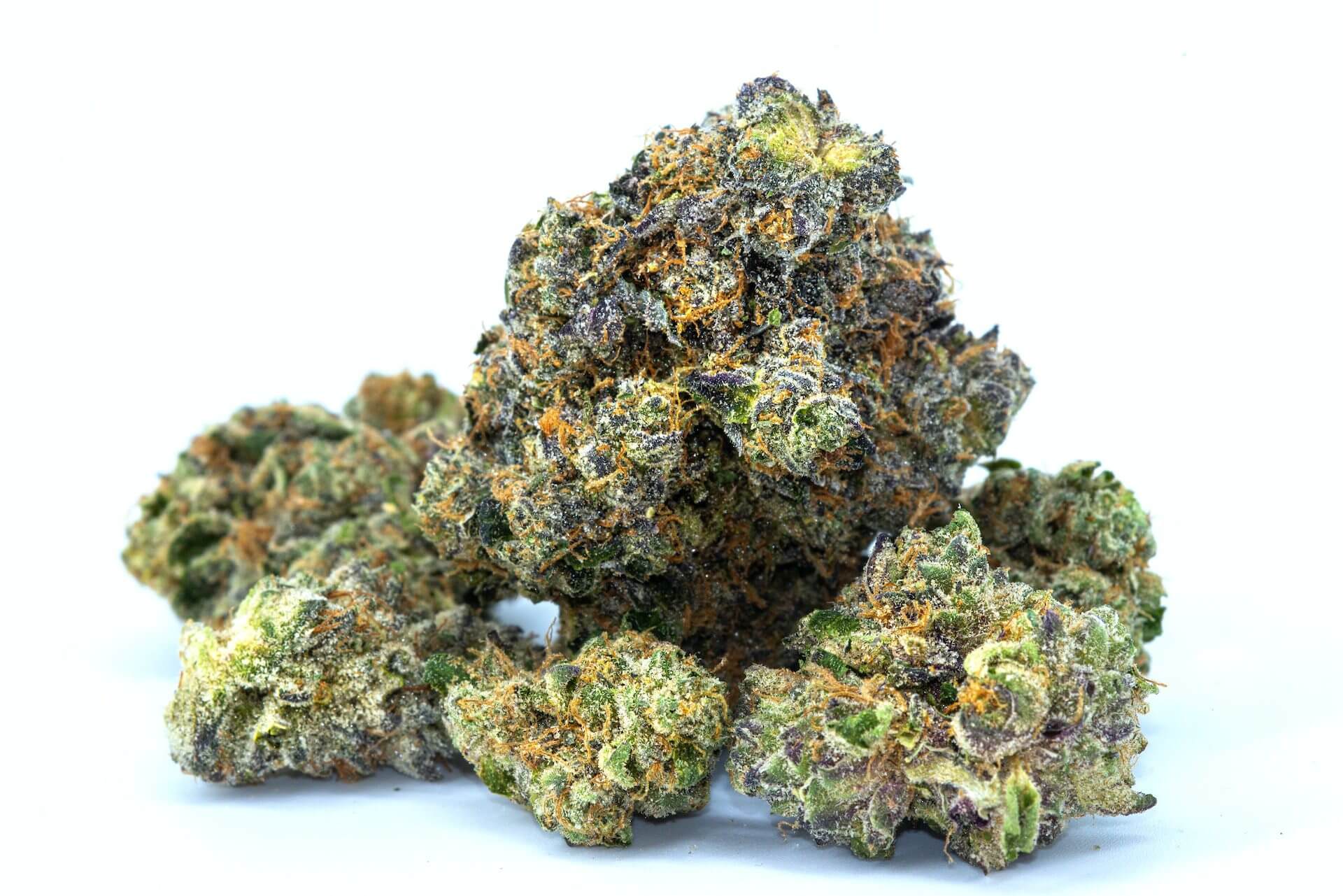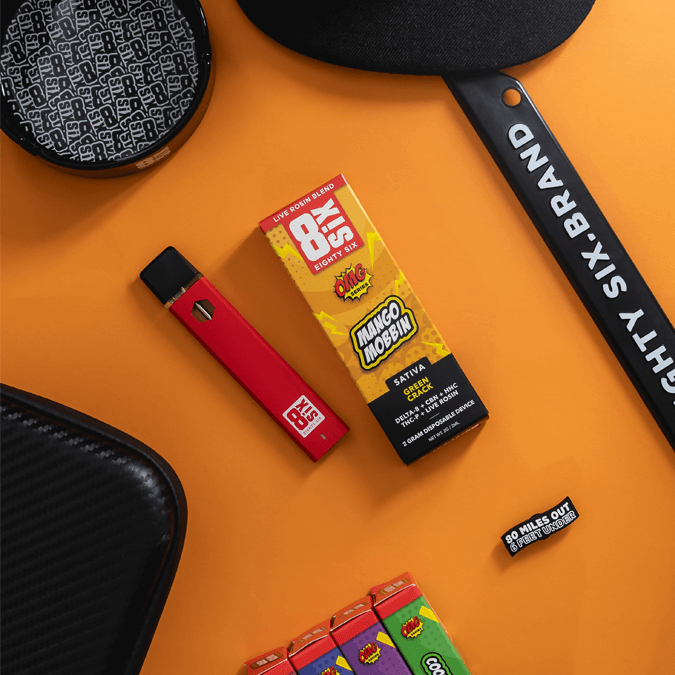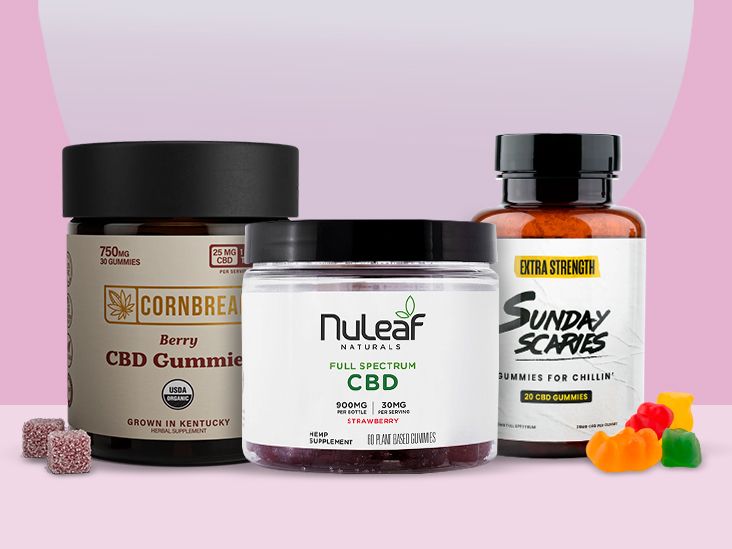What Is The Strongest Cbd Strain

The quest for potent cannabidiol (CBD) strains has become a focal point in the burgeoning wellness industry. Consumers, seeking relief from ailments ranging from anxiety to chronic pain, are increasingly drawn to products promising the highest concentrations of this non-psychoactive cannabinoid. But navigating the complex landscape of CBD strains requires understanding the science behind potency and the limitations of current labeling practices.
This article delves into the science and the reality of "strongest" CBD strains. It will examine how potency is measured, discuss the factors that influence it, and explore the challenges consumers face in making informed choices. It will also provide insights from industry experts and researchers, offering a balanced perspective on the pursuit of high-CBD strains and their potential benefits.
Understanding CBD Potency: A Multifaceted Approach
CBD potency isn't a simple, one-dimensional measurement. It's influenced by genetics, cultivation methods, and extraction processes. These factors all play a crucial role in determining the final concentration of CBD in a given strain or product.
Generally, potency is expressed as a percentage of CBD by weight, or in milligrams (mg) per serving. Higher percentages or milligram counts are often interpreted as indicators of a "stronger" strain. However, focusing solely on these numbers can be misleading.
The entourage effect, a key concept, refers to the synergistic interaction between CBD, other cannabinoids (like CBG and CBN), terpenes, and flavonoids. These compounds work together to enhance the therapeutic effects of CBD, suggesting that a well-rounded cannabinoid profile may be more beneficial than simply a high CBD percentage.
Factors Influencing CBD Strain Potency
Genetics: The Blueprint of Potency
The genetic makeup of a cannabis plant is the foundation of its cannabinoid profile. Breeders selectively crossbreed strains to enhance desirable traits, including high CBD production. Strains specifically bred for high CBD content are more likely to yield potent extracts.
However, even within a genetically "strong" strain, variations can occur due to environmental factors. Different phenotypes, or expressions of the same genotype, can exhibit varying levels of CBD. Consistent breeding and cultivation practices are crucial to maintain potency across batches.
Cultivation Techniques: Nurturing Potency
Optimal growing conditions are essential for maximizing CBD production. This includes controlling factors like light exposure, nutrient levels, soil quality, and temperature. Plants grown in controlled environments often exhibit more consistent and potent cannabinoid profiles.
Organic farming practices, avoiding the use of harsh chemicals and pesticides, are also believed to contribute to overall plant health and cannabinoid production. Sustainable cultivation practices not only benefit the environment but also potentially enhance the quality and potency of the final product.
Extraction Methods: Preserving Potency
The method used to extract CBD from the plant material significantly impacts the final product's potency and purity. Supercritical CO2 extraction is widely considered the gold standard. It preserves a wide range of beneficial compounds while minimizing the risk of residual solvents.
Other extraction methods, like ethanol extraction, are also used, but they may not be as efficient at preserving the full spectrum of cannabinoids and terpenes. The choice of extraction method directly influences the quality and potency of the final CBD product.
Challenges in Identifying the "Strongest" CBD Strain
Despite the focus on potency, several challenges exist in accurately identifying and labeling "strongest" CBD strains. Lack of standardization in testing protocols and inconsistent labeling practices can mislead consumers.
Third-party lab testing is crucial for verifying the cannabinoid content of CBD products. However, not all labs are created equal, and variations in testing methods can lead to discrepancies in reported potency levels. Consumers should look for products with certificates of analysis (COAs) from accredited labs.
Furthermore, the definition of "strongest" can be subjective. Some consumers may prioritize high CBD content, while others may value a specific terpene profile or the overall entourage effect. Personal preferences and individual responses to CBD also play a significant role.
“It's important to remember that higher CBD content doesn't always equate to better results,” emphasizes Dr. Emily Carter, a cannabis researcher at the University of California, Berkeley. “The entourage effect and individual biochemistry play a crucial role in determining the effectiveness of CBD.”
The Future of High-CBD Strains
The demand for high-CBD strains is likely to continue as research expands and consumer awareness grows. Advancements in breeding techniques and cultivation practices will likely lead to even more potent and refined CBD products.
Increased regulation and standardization in testing and labeling are essential to ensure transparency and consumer safety. Standardized testing protocols and accurate labeling practices will empower consumers to make informed choices based on reliable data.
Ultimately, the focus should shift from solely pursuing the "strongest" strain to understanding the complexities of CBD and its interaction with the body. A holistic approach, considering the entourage effect and individual needs, will lead to more effective and personalized CBD experiences.




![What Is The Strongest Cbd Strain 6 Best Cbd Strains 2025 [539fd4]](https://i.ytimg.com/vi/hfAxRObSZaM/sddefault.jpg)












